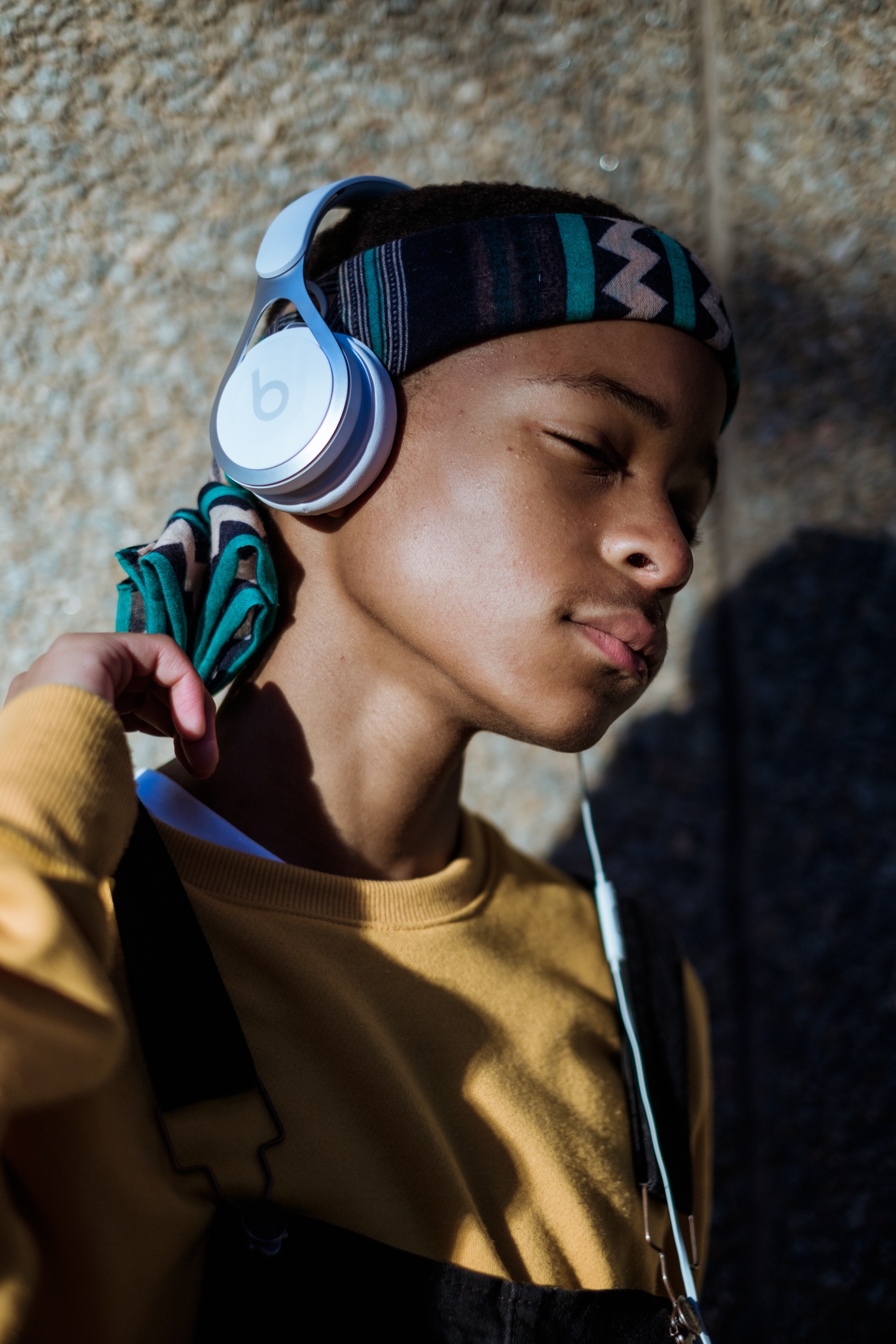In the field of teaching the second language to kids, there is a criterion called Active Listening. It’s a period of time that the kid doesn’t talk or communicate verbally. He or she just listens, and you are sometimes confused if they get what you teach. In this case, parents and teachers usually become anxious and they doubt it if the child can learn the language at all.
The pressure might increase on the child to talk and react. However, most of the kids start using the sentences when this time passes. And they astonishingly use the words that we have thought they don’t even know. A child who is not speaking may be actively listening and may need time to process what they are hearing before saying anything. Hence, it is important to value listening, as well as speaking – non verbal responses from young children are perfectly acceptable. They show that the child has understood the message which is very important in the process of child’s development. Even for learning our mother tongue, we used to listen for at least two years before starting to talk. This can be a reminder of how listening is important in our development.
However, as we grow up and become older, we forget how actively we used to listen. Now we are just passive listeners or we randomly hear things around us. So, there is a need to improve listening in our daily life and value this sense as much as other senses. Here are different ways how to practice:
Active Listening in Communication

How actively are you involved in a conversation? In dialogues, the focus is usually on speaking. We are in a hurry to reply. We sometimes become restless when we have to listen. We may forget listening and start daydreaming. In sharing ideas, we try to be active in speaking rather than listening to others. A lot of misunderstanding comes from forgetting “effective listening”.
Active Listening in eating

Mindfulness teachers have always said that we should integrate all our five senses for eating. When we eat, we see the food, we smell it, we usually touch it and finally taste it; but how much do we hear the food we eat? It may even seem strange! But it is true that we normally forget to listen to the food! For mindful eating, we are being advised to see it carefully, eat it slowly and be focused on the meal. Some teachers suggest that we need to listen to it. Bring it to your ear, listen to it. Depending on the type of the food, you should give it a squeeze. What do you hear? If you are the one who cooks, listen to the cooking process carefully. What do you hear when you cut something for the food? Just try it once and then compare the enjoyment of applying listening to eating.
Active Listening at home

Tired of all the unnecessary noises in the house? Long hours of passive listening to the TV or radio while you are doing something else? Be the one who chooses what could be heard at home. It simply depends on you and your type. A relaxing music, the sound of the nature, childish and cheerful songs are all different options. You may also want to listen to the silence of your home. Yes! Silence has its own sound to listen and enjoy.
Active Listening to your inner self

Has it ever happened to you that in the most difficult situations in life, your inner voice starts blaming you? Reminding you the mistakes you have made and making you desperate?
Be aware of it when you carelessly continue listening to this hopeless voice. This is the time for re-parenting. Be a good parent for yourself and change the things you would like to listen to. Be the voice of the parent who encourages you, helps you and gives you strengths and solutions to overcome the challenges. Listen to what you need to listen. Be the chooser!
What other activities do you think need active listening?
Featured Image by Mpumelelo Macu on Unsplash







